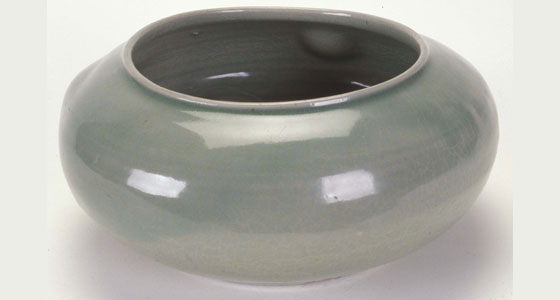Imbolc Full Bridgit Moon
First Titian tour today. If I examine my own touring skills, as I try to from time to time, I find that I’m better touring old master’s of Western art and Asian art than I am art of the Americas. The Thaw collection, which I admired, found me at my clunkiest, a bit wooden perhaps, more didactic. In talking with Allison today it occurred to me that it might be as simple as the fact that I know far more about Asia and Europe than I do about the native peoples of this continent. It’s much harder for me to talk about historical context with art of the Americas because I just don’t know it as well.
When I tour Western art or Asian art, I can draw on many years of reading history, going to museums, thinking, traveling; but, when I tour either art of the Americas or Africa for that matter, the context is just not in me, literally. In that way then those objects do become more like ethnological artifacts than art objects. As a result, I find myself a bit more distant from them, put in a more scholarly mode, not as engaged.
At a different point in my life I would have wanted to fix this, to dive into native peoples history and ways, stuff I studied in college, but from an anthropological perspective. The same situation with Africa. Today I want to deepen, not broaden my knowledge of art history, so I’m going to continue working with Asian and Western art. In those areas I still have so much learn and my passion is there.
The Titian show is in my sweet spot though and a lot of fun.

